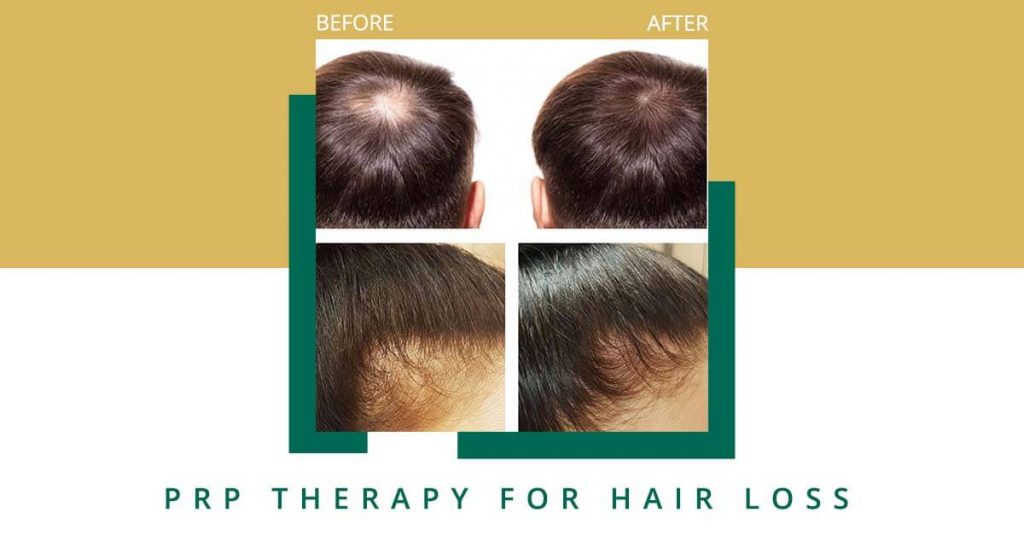
If you are you suffering from mild to moderate hair loss, your doctor may suggest PRP (Platelet-rich Plasma) Therapy to restore hair growth. This treatment is mostly suggested for individuals suffering from androgenetic alopecia, a condition that causes hair follicles to shrink.
Keep reading to know more about the treatment and its effectiveness.
What is PRP?
Whenever you sustain an injury, the platelets are the ‘first responders’ of your body that are responsible for controlling the bleeding and initiating the healing process. Platelets are the basic components of blood along with red and white blood cells and PRP contains essential proteins that help in tissue repair. So, if platelets are extracted from the blood and injected into a damaged part it speeds up the healing process. Besides, helping in promoting hair growth, PRP therapy is also known to heal injured tendons, ligaments and muscles. The plasma also contains many growth factors and other components that further promote hair growth.
The Procedure
The procedure of PRP therapy can be easily broken down into three steps:
- A medical professional draws blood from a vein in your arm and places the blood sample in a centrifuge.
- The centrifuge spins the blood to separate its components and the plasma which is rich in platelets is extracted
- The plasma is then injected into specific areas in your scalp to promote hair growth.
The entire process may take 1-2 hours and the person may require several monthly sessions based on how well they respond to the PRP therapy.
The doctor might suggest a maintenance session every 3-6 months once hair loss in under control.
A safe treatment
PRP therapy for hair loss is considered to be a safe treatment as the patient’s own blood components are used making the risk of getting a reaction or infection almost zero.
There is minimal down time and the patient can quickly resume their daily activities
